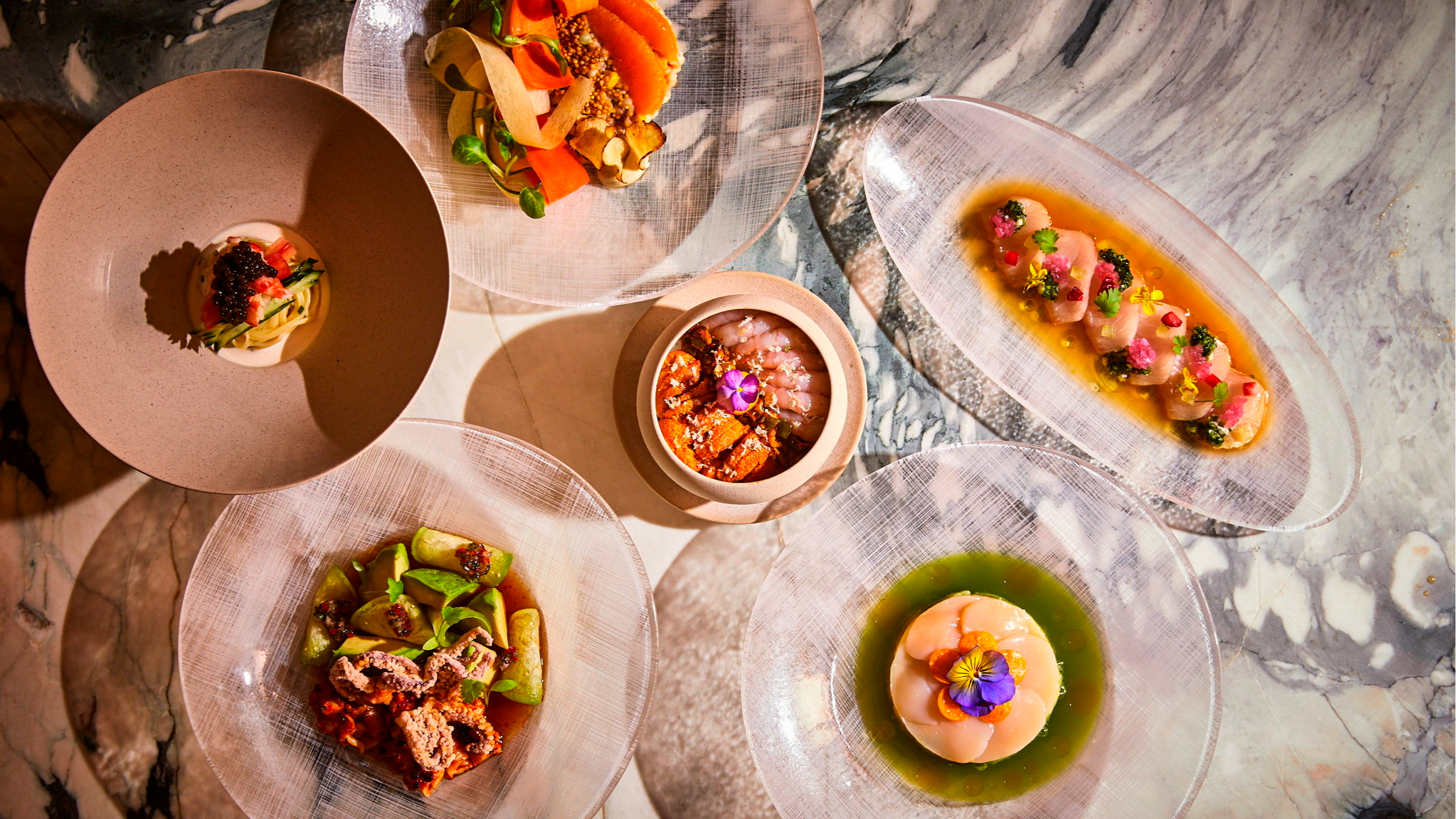Korean and Japanese cuisine are two of the most popular types of Asian food, but they differ significantly in flavor profiles, cooking methods, and presentation styles. Korean dishes are known for their bold and spicy flavors and feature grilled, roasted, and fried cooking methods, while Japanese cuisine is more subtle in taste, with a strong emphasis on fresh ingredients and delicate cooking techniques like steaming and tempura frying. Both culinary traditions place a significant emphasis on visual presentation, with Korean dishes featuring colorful earthenware bowls and Japanese cuisine focusing on minimalist and elegant presentation. However, both cuisines value fresh ingredients and have become popular worldwide.
Korean Vs. Japanese Cuisine: Discovering the Unique Characteristics of Two Asian Food Cultures
When it comes to Asian cuisine, Korean and Japanese dishes are often among the most popular. Both countries have a rich culinary heritage that dates back centuries and features unique flavor profiles, cooking techniques, and presentation styles. In this article, we will take a closer look at the distinguishing characteristics of Korean and Japanese cuisine, exploring what sets these two food cultures apart from one another.
Flavor Profiles
One of the most notable differences between Korean and Japanese cuisine lies in their flavor profiles. Korean cuisine is known for its bold and spicy flavors. Many dishes feature fermented ingredients like kimchi and doenjang, which give them a distinct tangy taste. Korean cooking also relies heavily on the use of chili pepper flakes, soy sauce, and sesame oil to enhance the flavor of meats, fish, and vegetables.
On the other hand, Japanese cuisine is generally more subtle in taste. Umami flavors (savoriness) are a key component of Japanese cooking, with many dishes featuring ingredients like dashi (a broth made from fish and seaweed), soy sauce, and miso paste. Japanese cuisine also places a strong emphasis on fresh ingredients, with sushi and sashimi being prime examples.
Cooking Techniques
Korean and Japanese cooking methods also differ significantly. Korean cuisine often involves grilling, roasting, and frying, with many dishes being cooked over an open flame or on a hot stone. Stir-frying is also common, with dishes like bibimbap and japchae featuring a variety of vegetables and meats cooked together in a wok.
Japanese cooking, on the other hand, is characterized by its emphasis on precision and attention to detail. Many Japanese dishes are prepared using delicate techniques like steaming, simmering, and tempura frying. Sushi, in particular, requires highly skilled chefs who spend years mastering the art of creating perfectly formed rolls and nigiri.
Presentation
Both Korean and Japanese cuisine place a significant emphasis on the visual presentation of their dishes. Korean dishes are often served in colorful earthenware bowls or on large platters, with ingredients arranged in an aesthetically pleasing manner. Many Korean dishes are also topped with garnishes like sliced scallions, cilantro, or sesame seeds, which add contrasting colors and textures.
Japanese cuisine, meanwhile, is known for its minimalist and elegant presentation. Sushi and sashimi are displayed on pristine white plates, while bento boxes and other Japanese meals are often arranged in symmetrical and visually appealing ways. Japanese chefs also place a strong emphasis on the use of edible flowers and other decorative elements to enhance the appearance of their dishes.
Conclusion
While both Korean and Japanese cuisine have distinct characteristics that set them apart, there are also many similarities between the two food cultures. Both countries value the use of fresh, high-quality ingredients and share a love of rice and noodle dishes. Furthermore, Korean and Japanese cuisine have both become popular around the world, with restaurants specializing in these cuisines located in major cities worldwide. Whether you prefer bold and spicy flavors or subtle and nuanced tastes, Korean and Japanese cuisine offer something for everyone to discover and enjoy.
